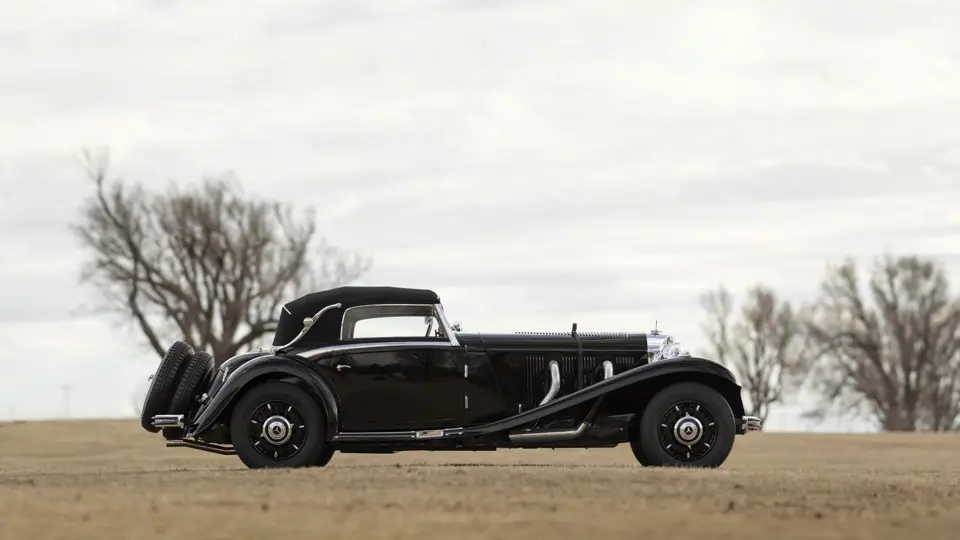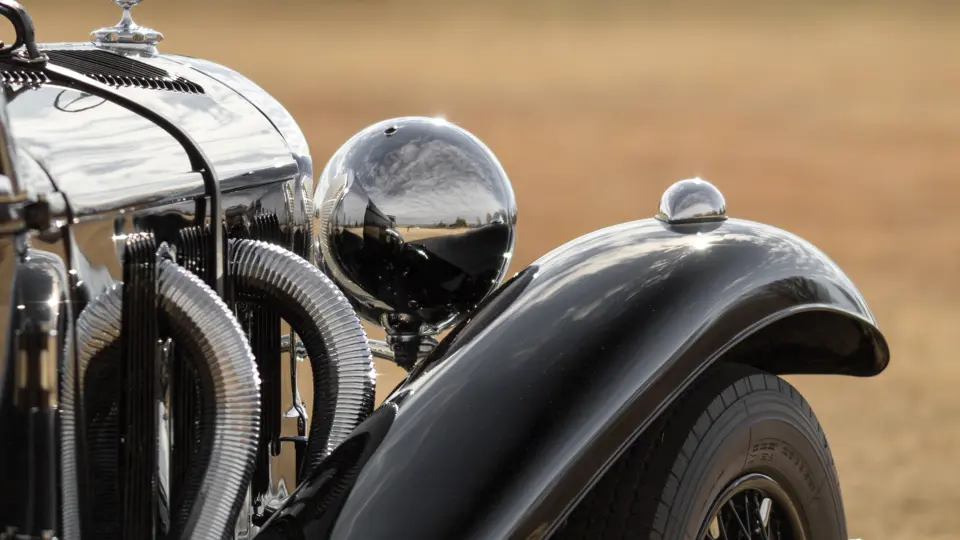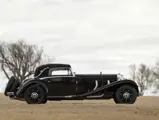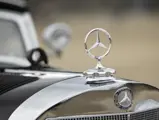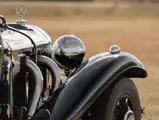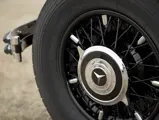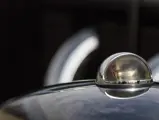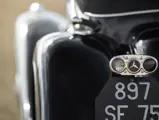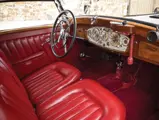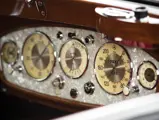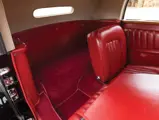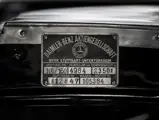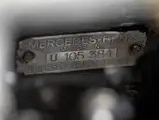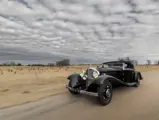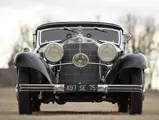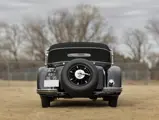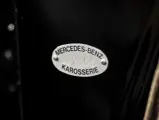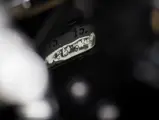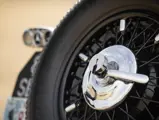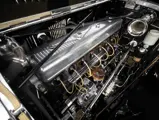115/180 bhp, 5,410 cc overhead-valve supercharged inline eight-cylinder engine, four-speed manual transmission, double-wishbone independent front suspension with coil springs, swing axle rear suspension with coil springs, and four-wheel hydraulic drum brakes with vacuum-assist. Wheelbase: 129.5 in.
The Mercedes-Benz 500 K was introduced at the Internationale Automobil-Ausstellung, more commonly referred to as the Berlin Motor Show, in March 1934. Although it was produced alongside the 380 K, it was planned as a successor model to satiate the expressed interest of Mercedes-Benz’s wealthy clientele for a luxury conveyance that produced more power.
The 500 K succeeded to this end, with the 380 being phased out by the end of 1934. It embodied a generously braced chassis with fully independent suspension and, of course, an engine with an increased bore and stroke, which created 4,984 cubic centimeters of displacement. Its output was 100 horsepower in normal operation and an impressive 160 horsepower with the supercharger engaged. This power unit was mated to a four-speed gearbox, with direct ratio in third gear and the fourth gear acting as an overdrive unit. The result was a sensation, and ultimately, 342 clients, mainly from Europe, England, and North America, visited their local Mercedes-Benz dealers to place an order for the new car.
One of those clients was Adolf Busch, of Hamburg, Germany. He placed an order for the Cabriolet A, which was logged under kommission number 12847 and eventually assigned to chassis 105384. Connoisseurs of supercharged Mercedes-Benzes understand this early Cabriolet A body style to be one of the most desirable open examples, short of the Spezial Roadster, as it retains the best elements of its predecessor, the SSK, with its long sweeping fenders, louvers on the top and sides of the hood, a low windshield and top, dual rear-mounted spare tires, and a passenger compartment set far back. This particular example is unique, with its leather bonnet strap harkening back to the heroic days of the six-cylinder steeds that had been driven by Stuck, Caracciola, and von Brauchitsch.
Mr. Busch only had this car for a few years, as a notation on the kommission paper, a copy of which is on file, indicates that on October 31, 1938, the ownership of the car was reassigned to Dr. Gavin, who was reportedly a director at Mercedes-Benz. It is believed that the engine upgrade to 540 K specification, which is well-known in this example, was completed at this time. This upgrade not only added torque and increased horsepower to 180 with the blower engaged, but it also created a more potent combination when being mated to the lighter and more flexible 500 K chassis.
During the war, the car ended up in France, and in the late 1950s, it was purchased by Dean Weihe, a captain in the U.S. Air Force. Mr. Weihe imported the car into the United States in 1961 and began performing a cosmetic restoration, which was completed around 1964. Scans from two Florida-area newspapers at the time make mention of Weihe’s debut of the Mercedes at a local old car outing. In the article, he notes his importation of the car from France, where it had lain dormant for a number of years in a village outside of Paris. Mr. Weihe retained the car at his home in Florida for the better part of three decades, finally selling it in the late 1980s or early 1990s. At this time, it was purchased by another collector from Florida and traveled with him overseas.
The car was reported to be largely original, but in 1999, the purchaser commissioned restorer Francois Cointreau, of France, to perform a high-quality concours restoration. The body was removed from the chassis so that the skin could be removed, and all necessary repairs were made to the original wood framing to ensure the continued integrity of the car. Cointreau’s work focused on the cosmetic aspects of the restoration, and between 2000 and 2001, Riefen-Wagner, of Landshut, Germany, performed all of the mechanical overhaul work. This included a complete engine overhaul and a rebuilding of the brakes, chassis, suspension, steering, and fuel systems. It was also the recipient of a new radiator core, which provides significant peace of mind for those familiar with the exorbitant cost of overhauling the intricate radiators on these cars. Within the cars history file are photos of Cointreau’s work, as well as receipts from Riefen-Wagner.
Its current caretaker of nine years has continued to fastidiously maintain the impressive quality of the fit and finish of his 540 K as part of his select collection of pre-war classics. In 2009, its mettle was tested on the rigorous 1000-mile journey through the mountain roads of the Colorado Grand, and it performed flawlessly. The successful completion of this rally is a testament to the strength and versatility of this automobile, the quality of Riefen-Wagner’s work, and the subsequent maintenance it has enjoyed since.
Only 33 examples of the Mercedes-Benz 500 K Cabriolet A were constructed, and it is believed that only 11 remain, with a small number of those having their more potent 5.4-liter engine being mated to the lighter 500 K chassis, as 105384 does. The car has benefitted from an outstanding restoration and excellent care and maintenance, making it not only a mere piece of sculpture that would be an exceptional contender for entry into any of the most prestigious concours around the world but also a driving machine that is capable of long-distance touring in the spirit for which it was originally built.




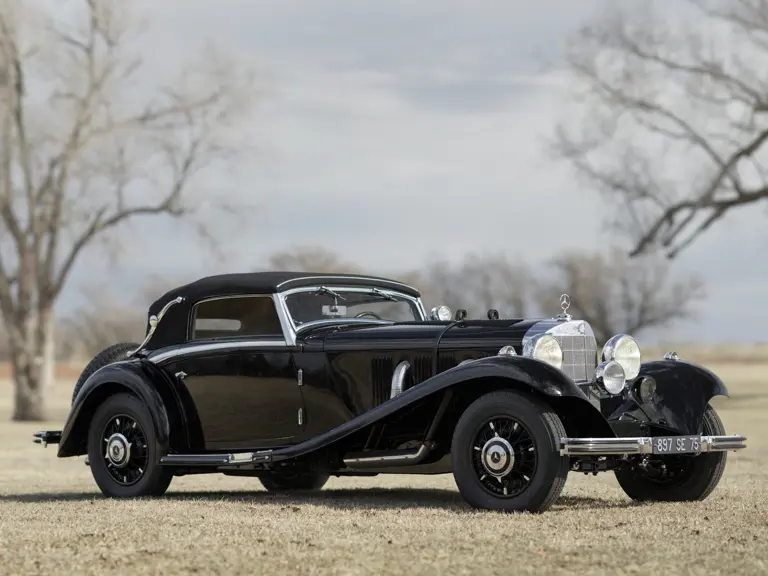
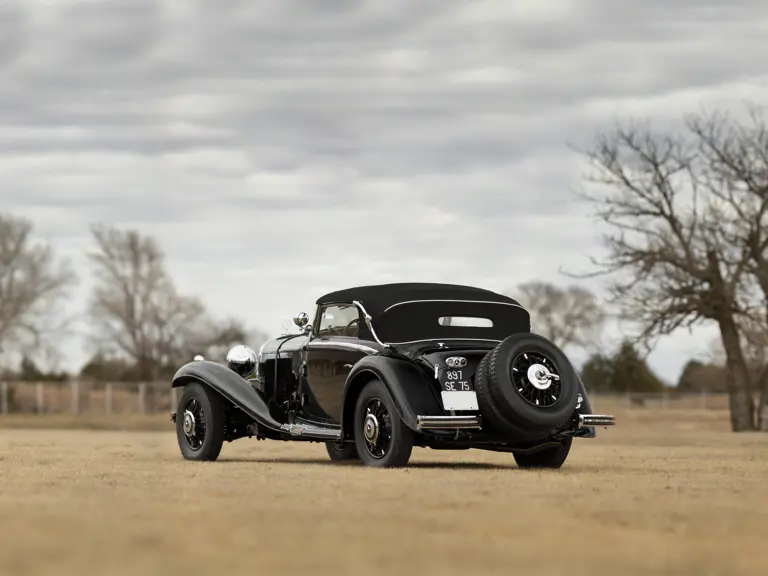
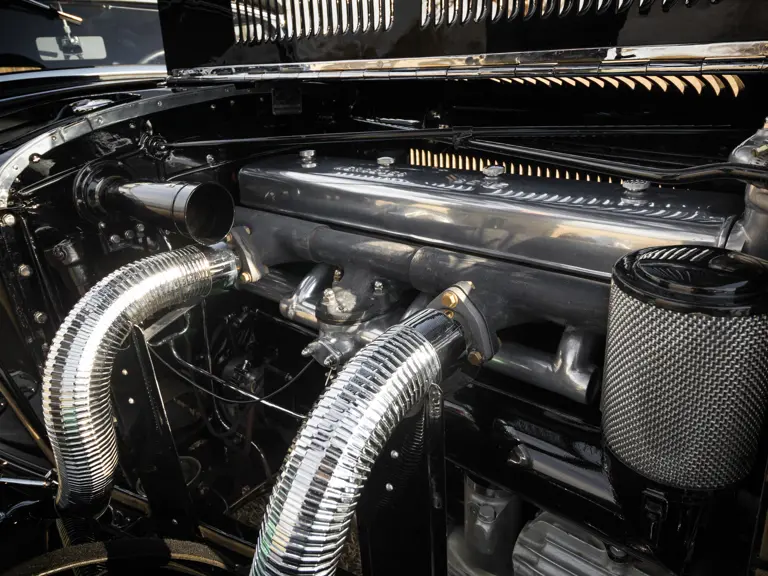
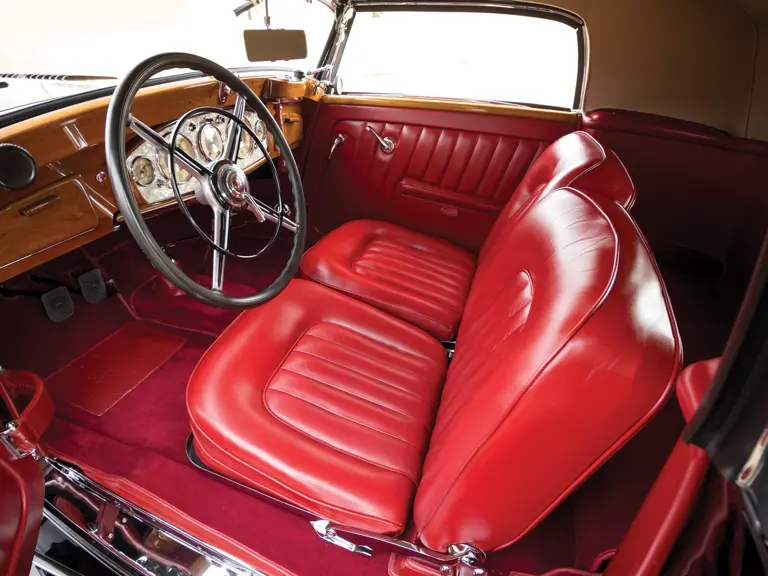
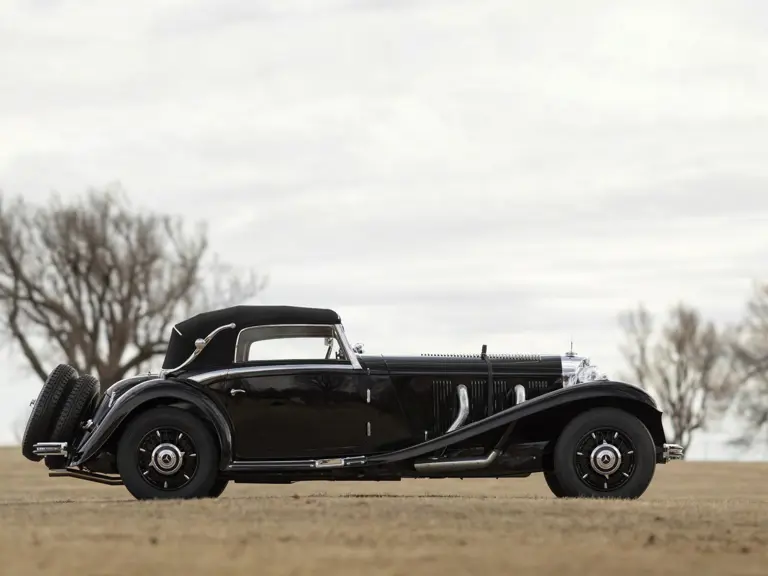
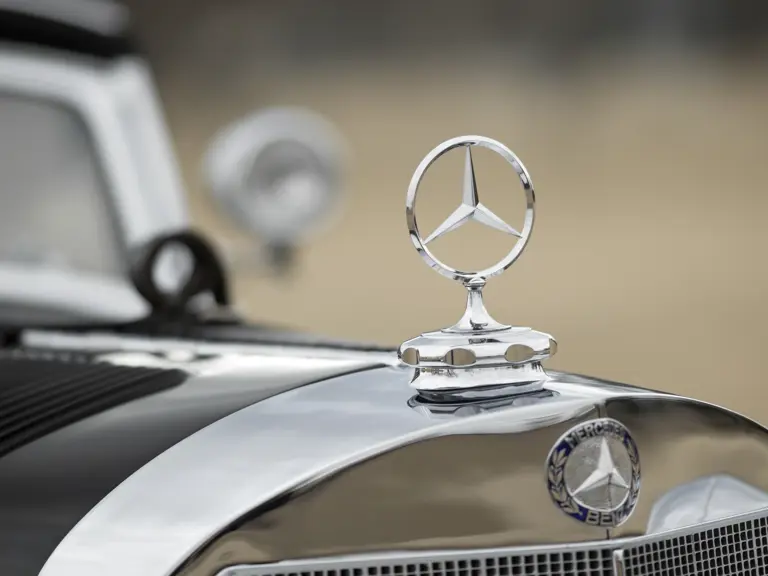
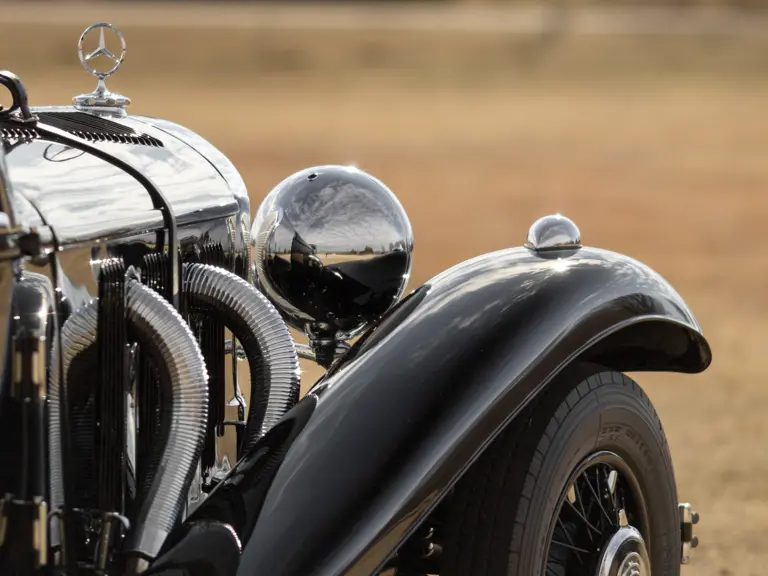
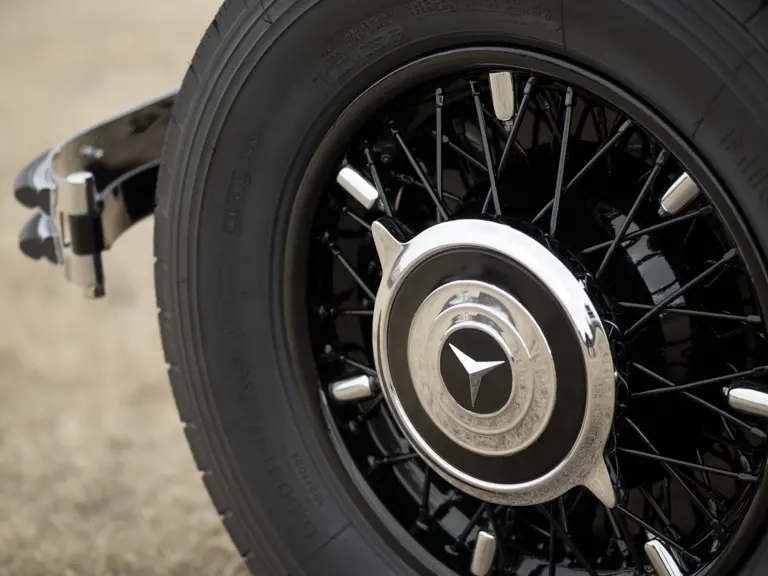
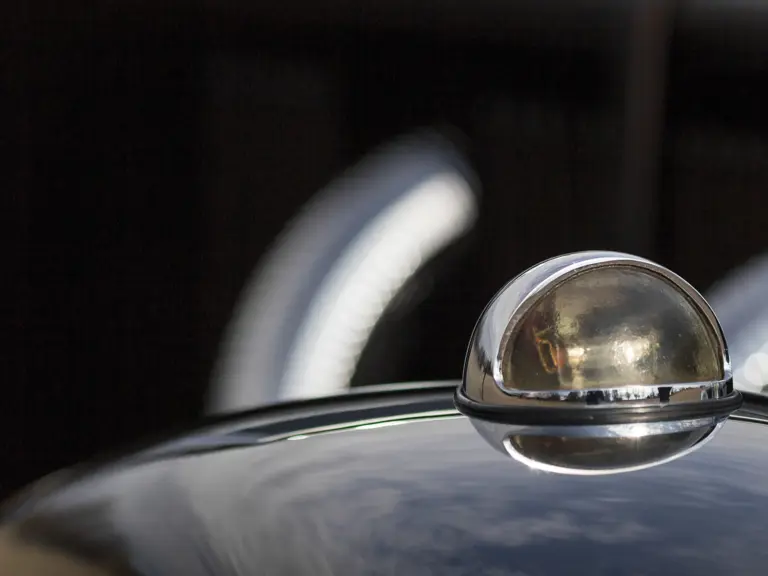

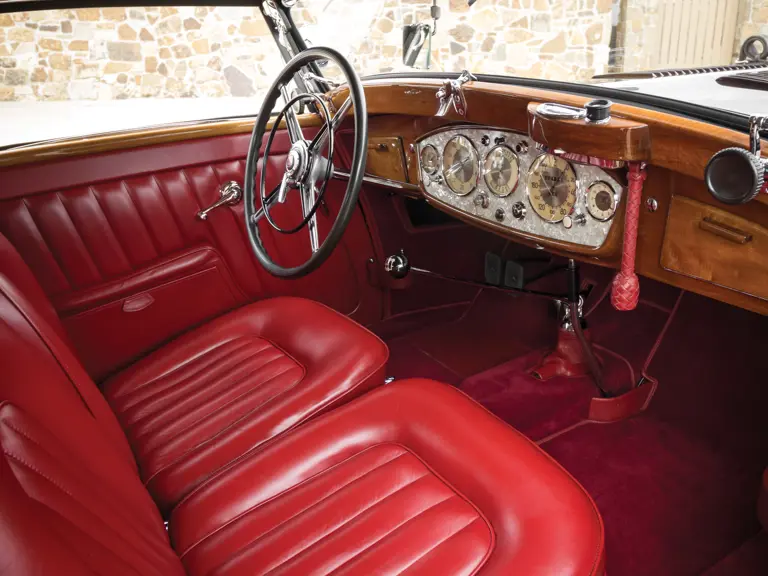

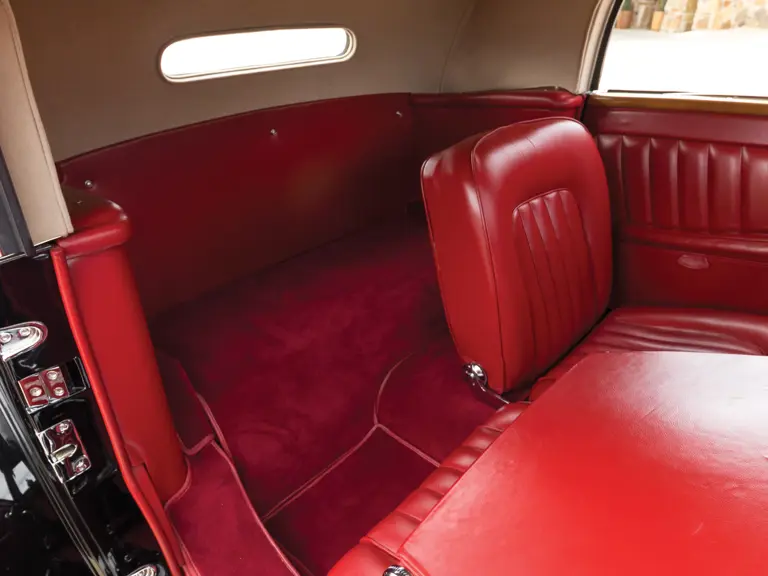
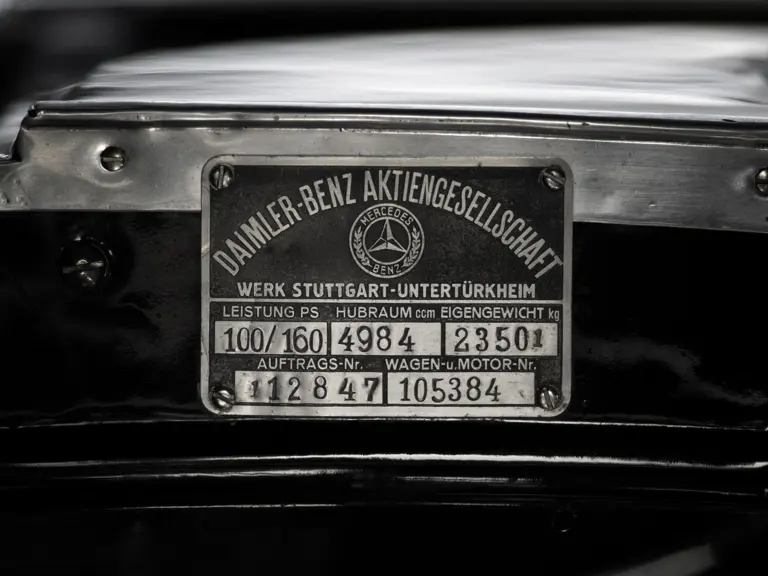

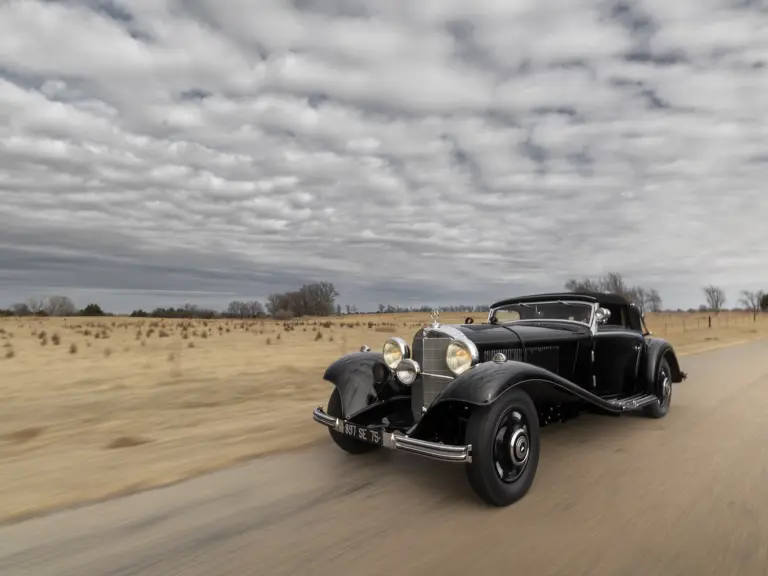



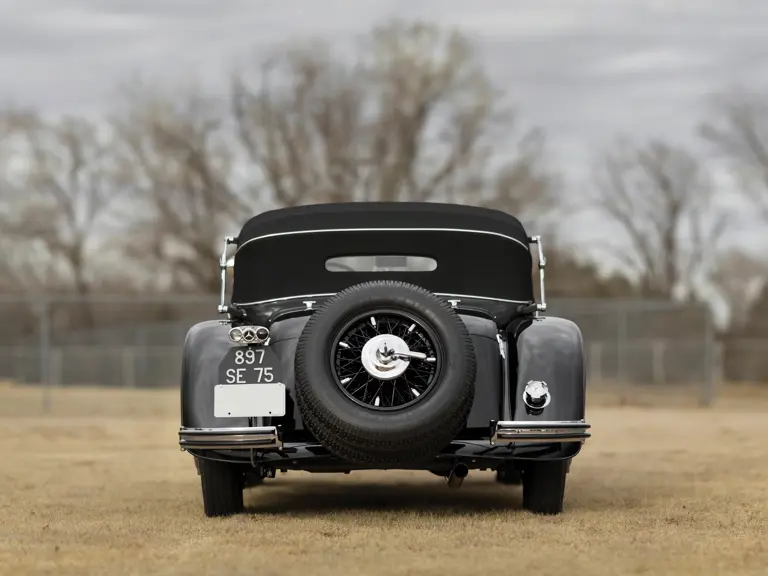
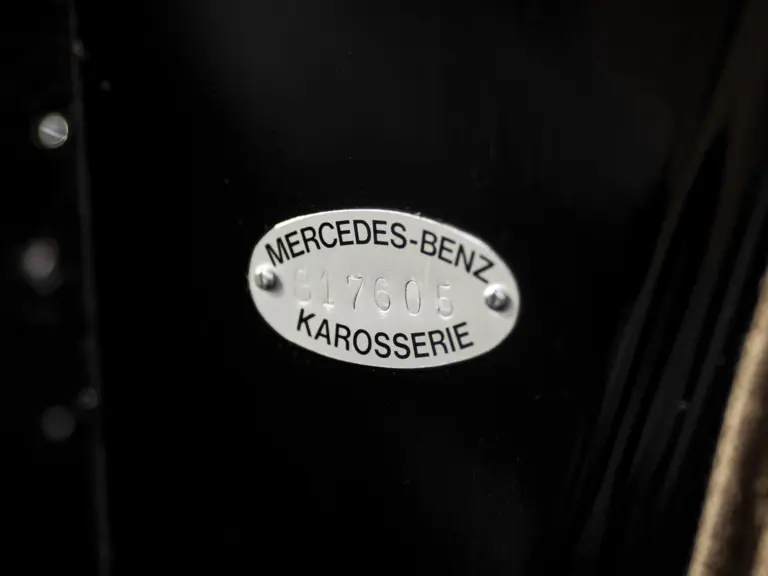
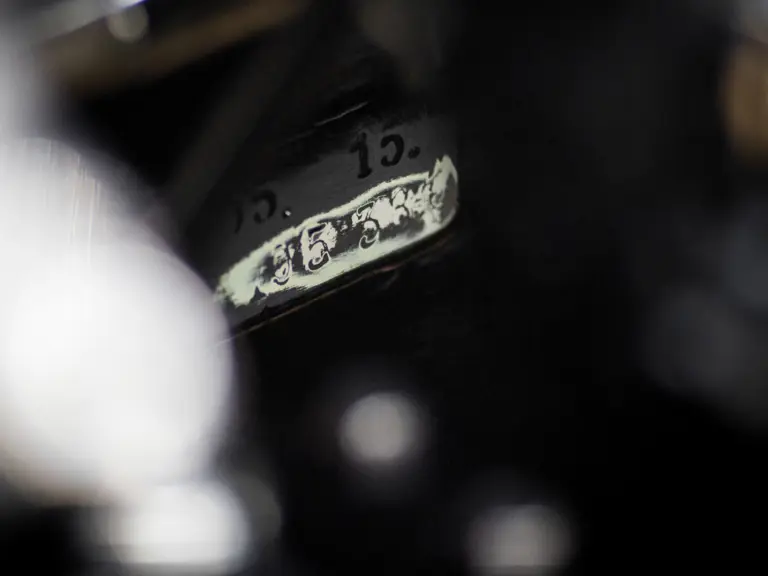
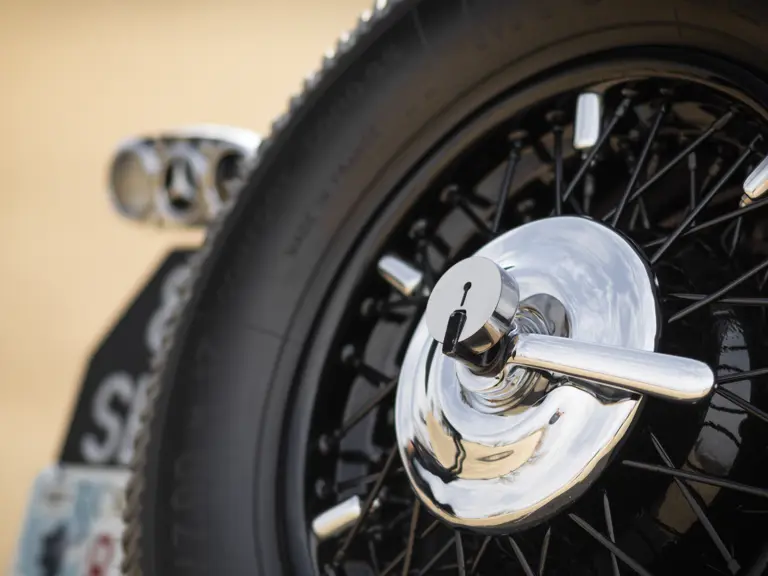

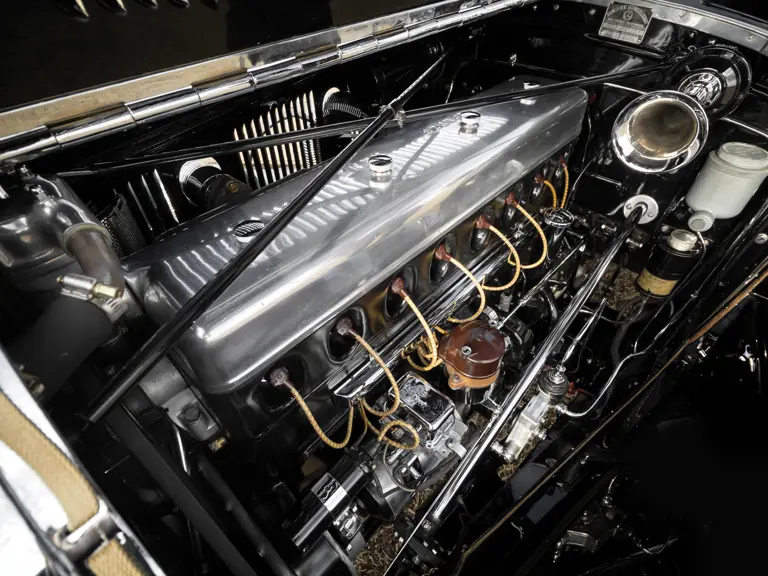
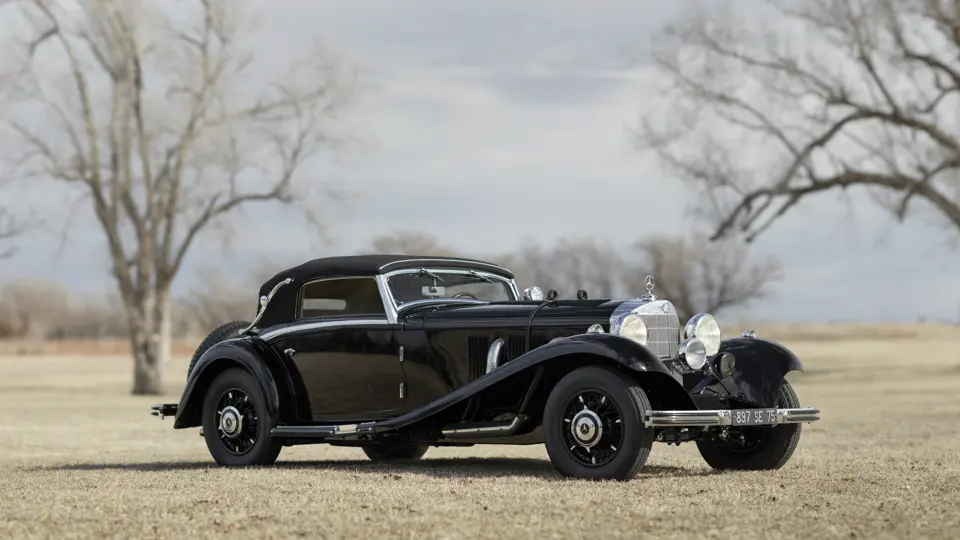
 | Amelia Island, Florida
| Amelia Island, Florida
